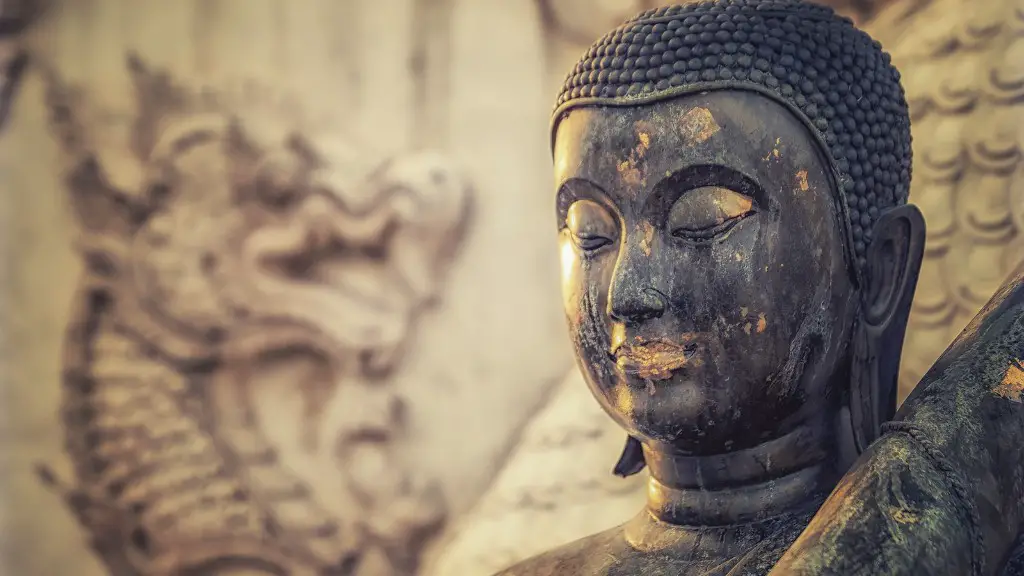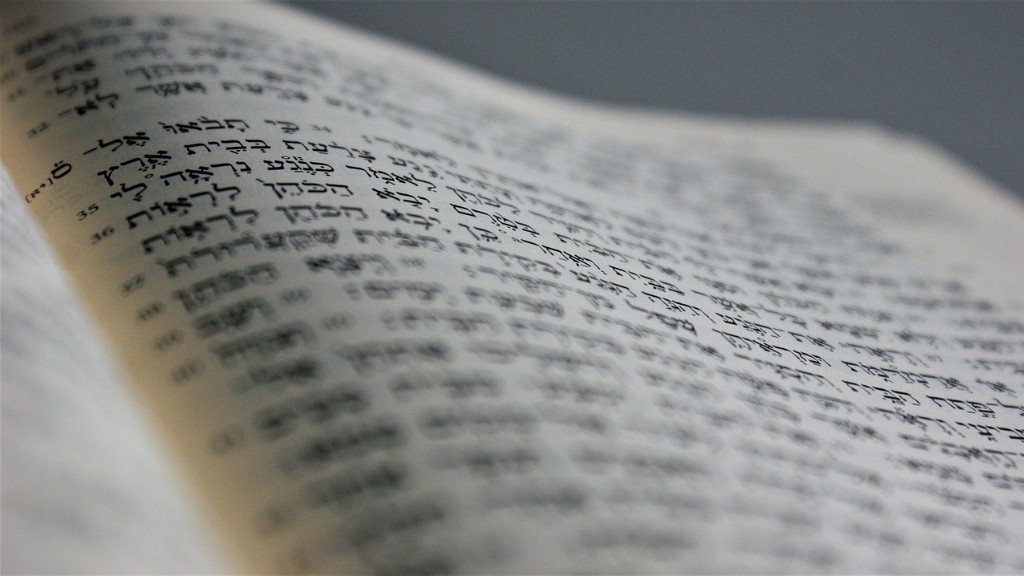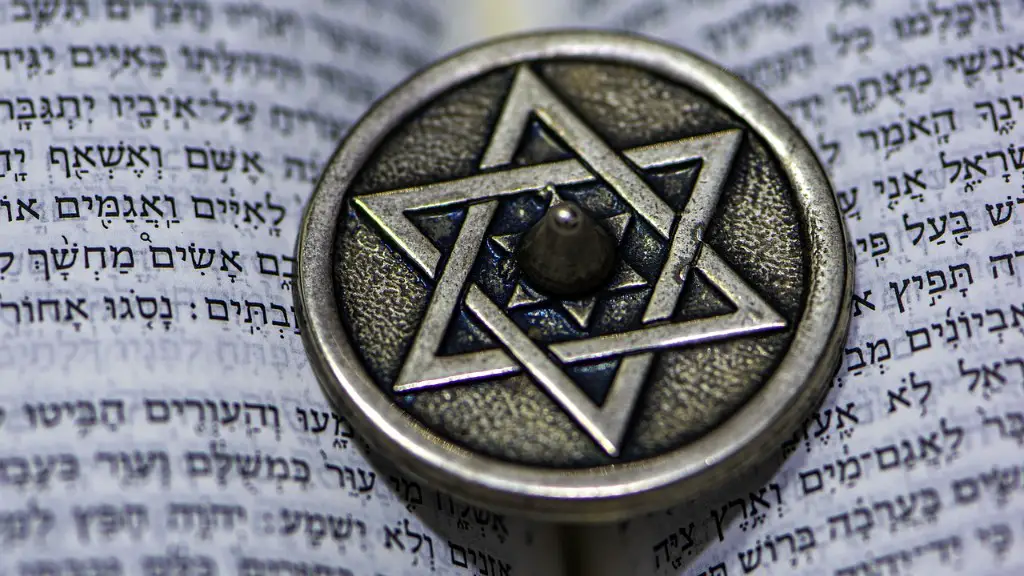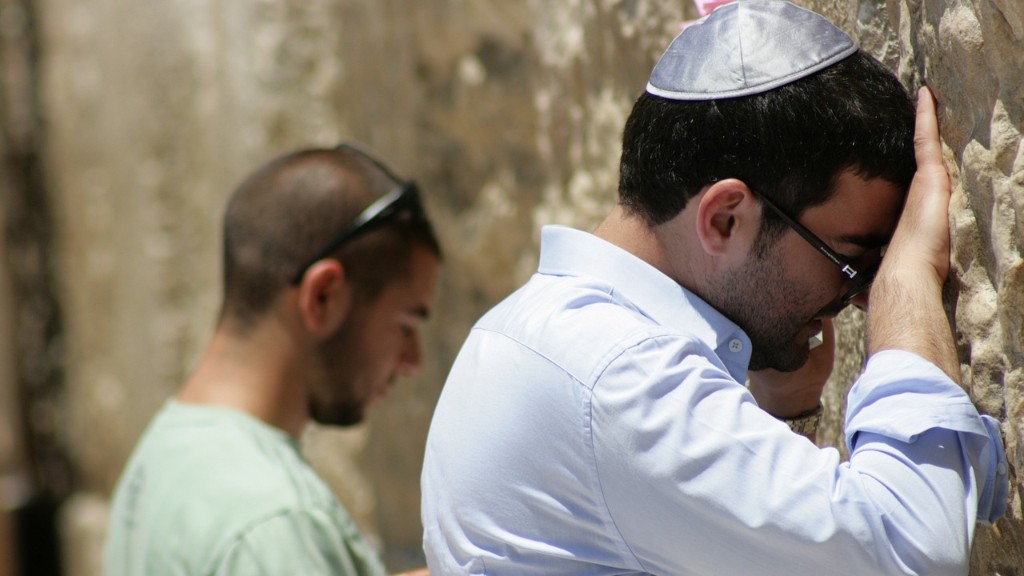What Exactly Is A Taweez In Hinduism? This religious practice has long been a confounding factor to many, leading to a misunderstanding of its purpose and function. Taweez, commonly referred to as an amulet or talisman, is a term of Urdu origin whose closest translation in English is prayer charm. In Hinduism, a Taweez is a small object, usually made of thread, paper, or metal, inscribed with sacred words from the scriptures. A Taweez is expected to offer protection from danger, injury, illness, and evil spirits in life.
Forms Of Taweez
Taweez comes in two forms: inscribed with mantras or specific languages, or without writing, usually binds a stone or metal. In both cases, the same sacred words are either inscribed on the Taweez or bound to it with a string of thread. The sacred texts inscribed on a Taweez allegedly bring power to the user, blessing them with health and peace of mind. The idea behind this practice is that when these words are constantly recited and their power infused into the Taweez, they eventually become permanently active.
Taweez is traditionally worn around the neck or kept in wallets, and passed down from generation to generation. It is believed that these amulets are rooted in Ancient India and believed to bring good luck and protection from harm, illness and evil forces. Many Hindus put their faith in the practice, believing that these amulets play a powerful role in protecting them against all sorts of physical, mental and spiritual ailments.
Superstitious Beliefs
These superstitious beliefs stem from traditions set in place by Hindu mythology, which places great importance on incantations and charms. In Hinduism, the Taweez offer protection against malicious energies, while its inscriptions bring hope, luck, and fortune to the wearer. The main purpose of a Taweez is to calm the nerves and to give the wearer confidence to face any situation. Furthermore, practitioners increasingly use the Taweez as a form of spiritual practice, believing that the chanting of mantras and spiritual words will bring them closer to the divine.
Moreover, some Hindus use these charms for self-protection and to lessen the effects of negative karma accumulated through past actions. This is done with the aid of Vedic astrology and rituals, invoking gods and goddesses as part of the ritualistic process. Many also believe that wearing a Taweez can result in positive energies that can lead to positive changes in the life of the wearer.
Concerns Of The Modern Age
Despite the increasing interest, there are several concerns connected to the use of these charms. One of these is the danger of superstition as an over-reliance on these rituals and symbols can lead to a damaging outlook on life. Additionally, some have raised concerns over the legitimacy and efficacy of the charms, arguing that these rituals can offer false safeguards and security that do not have a tangible, real-world effect. Furthermore, there is an issue with the lack of information, as many of these rituals are shrouded in mystery and only passed down through word of mouth and ancient texts.
In conclusion, the use of Taweez in Hinduism has been a source of fascination for centuries, but it is also a subject of confusion and concern in the modern era. While it can offer believers peace of mind and protection, some are apprehensive about the rituals, as well as its lack of clear-cut scientific data. Regardless, it has for centuries held an important place in Hinduism as a symbol of protection and hope.
Religious Significance
In Hinduism, these charms are regarded as sacred objects and each individual charm has its own religious significance, depending on its inscriptions and colour. According to believers, different charms are used when venerating different gods, as each deity has their own symbols and words. For example, the Kali Yantra Taweez is inscribed with Hindu scripture, specifically focused on the goddess Kali, who is associated with protection and is known as the ‘Destroyer of Evil’.
Likewise, the Om Mani Padme Hum Taweez is associated with the Bodhisattva of Compassion and is mostly used for peace and protection. Other common charms focus on deities associated with prosperity, such as Ganesh and Lakshmi.
Usage Of Taweez
The use of these charms is widely accepted in the Hindu community but there is still much debate and disagreement over their efficacy and purpose. Some people use them as an additional form of protection, while others choose to reject the superstitious notions surrounding them.
In Indian culture, these charms are dispersed amongst many different tribes, sects and religions. The main use of the Taweez is to bring protection and positivity in life. As a form of self-protection and worship, they are traditionally tied around the neck, arms or waist as metal necklaces, bands or talismans.
Contemporary Debate
Today, contemporary debate around the charms is centered around the idea of superstition and its influences in practice. While the majority of believers make use of the charms in the traditional sense, some argue that it goes against the principles of science and logic. Moreover, these charms often rely on outdated rituals and subjective rulings, meaning that it can be difficult to assess the efficacy and purpose of the charm as there is no empirical evidence.
Overall, there’s still a lot to be discussed about the use of Taweez in Hinduism. From ancient religious traditions to its changing presence in society, the Taweez is a complex religious instrument that must be weighed carefully before being used by anyone.
Legal Ramifications
In some countries, it is illegal to practice or distribute these charms unless they have been approved by a local or religious authority. The reason for this is to avoid a situation where people are taking advantage of others by offering ineffective charms or employing misleading tactics in the sale of these religious objects. Furthermore, some countries have made it a requirement that all charms must be approved before being sold in any public place.
There are also organizations, such as the Tantric Council of India, that offer to certify and authenticate charms, ensuring that the objects are not counterfeit and that their spiritual power has been evaluated before sale.
The Connection To Devotion
The Taweez expresses the spiritual devotion of many Hindus and is viewed by many as a powerful symbol of protection and hope. It is believed that wearing these charms brings protection from harm, illness and evil forces. These amulets have such an importance that they have been worn for centuries, passed down from generation to generation, regardless of the family’s particular faith.
Many Hindus believe that these charms offer a connection to the divine and see them as powerful tokens of hope and protection. When the right words and symbols are inscribed on the charm, it allegedly makes the wearer immune to attacks by negative energy and empowers them to confront tough situations.
Symbol Of Protection
In Hinduism, the Taweez is a symbol of protection and hope that is believed to bring good luck and ward off evil. As such, the charms are highly sought after in the Indian community and are increasingly seen as an integral part of spiritual practice.
It is seen as an invaluable accessory for those seeking guidance and protection in life and many Hindus look to the ancient practices of inscribing these charms to bring them peace of mind and strength in times of adversity.
For centuries, these sacred objects have been a part of Hinduism and continue to provide believers with protection and hope in difficult times.




